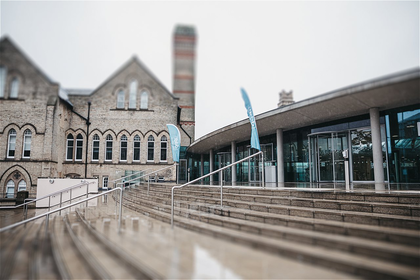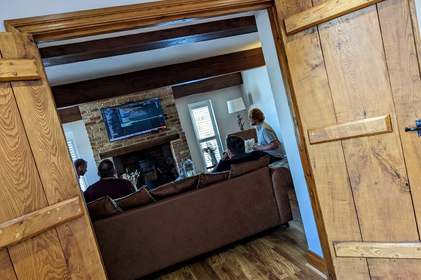Don’t be so Pushy
To an earlier generation of marketers, the ability to push a personalised message into the pockets of your customers must seem almost magical. And then to have that message vibrate and chime too, to interrupt the customer from what they were doing and pay attention to you and your message. It’s everything that 20th century TV and newspaper ads weren’t.








